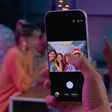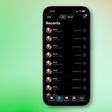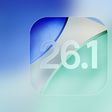Apple and over 40 U.S. companies have signed a letter opposing several "anti-LGBTQ" legislation bills currently being considered in courts across the country (via AL.com).

The open letter, drafted by the Human Rights Campaign and published Wednesday, argues that measures proposed in the bills would harm LGBT staff and negatively impact the companies that employ them.
"These bills would harm our team members and their families, stripping them of opportunities and making them feel unwelcome and at risk in their own communities," the letter states. "As such, it can be exceedingly difficult for us to recruit the most qualified candidates for jobs in states that pursue such laws, and these measures can place substantial burdens on the families of our employees who already reside in these states."
[...]
"America's business community has consistently communicated to lawmakers at every level that such laws have a negative effect on our employees, our customers, our competitiveness, and state and national economies."
The letter is signed by tech giants Apple, Amazon, AT&T, Dropbox, Google, IBM, Lyft, Microsoft, PayPal, Salesforce and Uber, along with many other major corporations including Capital One, Ikea, Levi Strauss, Marriott International, Nike, Danone North America, Mars, Nestle USA and Unilever.
Apple has taken a strong position on inclusion and equality under CEO Tim Cook's watch. In 2015, Apple joined 378 other companies urging the Supreme Court to rule in favor of marriage equality. More recently, Apple argued for LGBT worker protections in a 2019 joint amicus filing with the U.S. Supreme Court.
Cook has consistently pushed for inclusion and diversity, which Apple refers to as its "greatest strength" on its website. "To create products that serve everyone, we believe in including everyone."
Note: Due to the political or social nature of the discussion regarding this topic, the discussion thread is located in our Political News forum. All forum members and site visitors are welcome to read and follow the thread, but posting is limited to forum members with at least 100 posts.



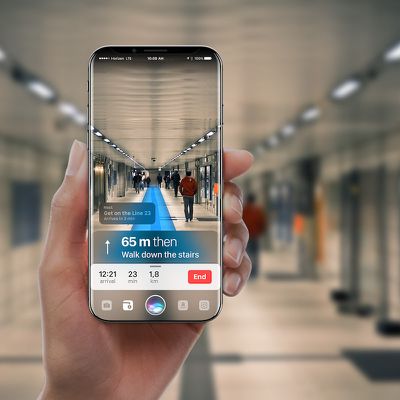
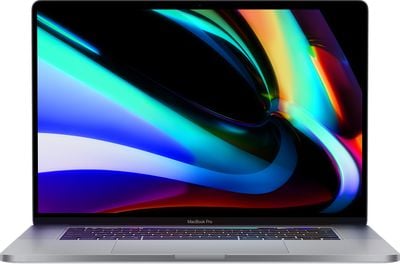
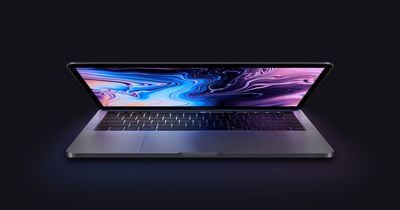
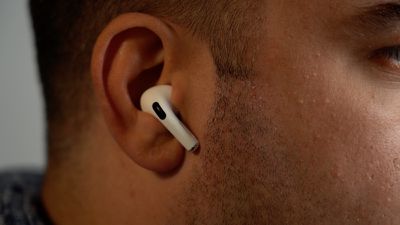



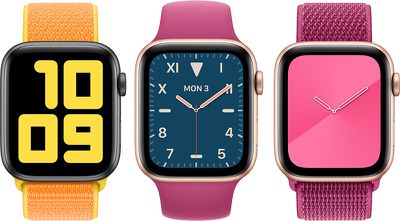


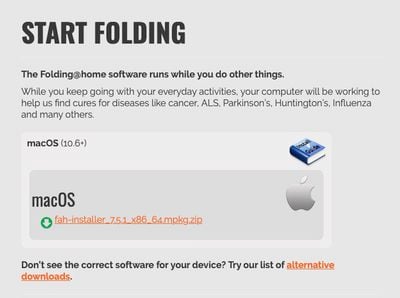
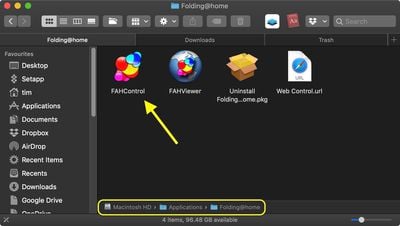

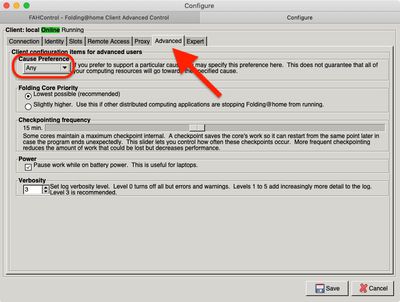
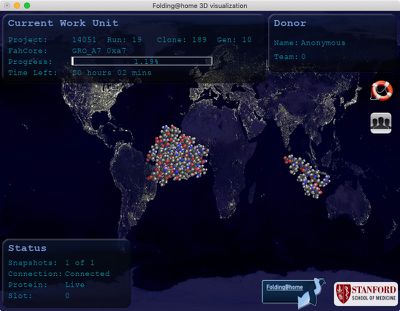

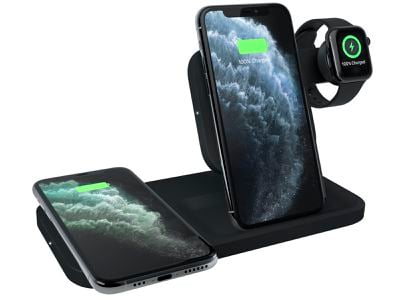
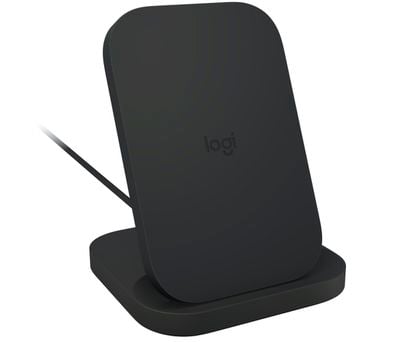
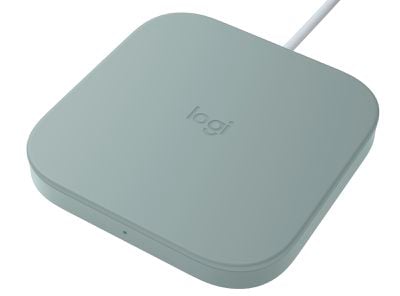
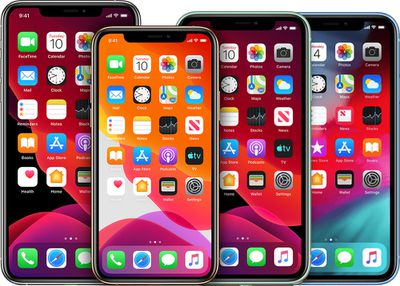
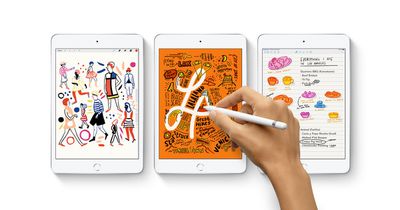 Note: MacRumors is an affiliate partner with these vendors. When you click a link and make a purchase, we may receive a small payment, which helps us keep the site running.
Note: MacRumors is an affiliate partner with these vendors. When you click a link and make a purchase, we may receive a small payment, which helps us keep the site running.








